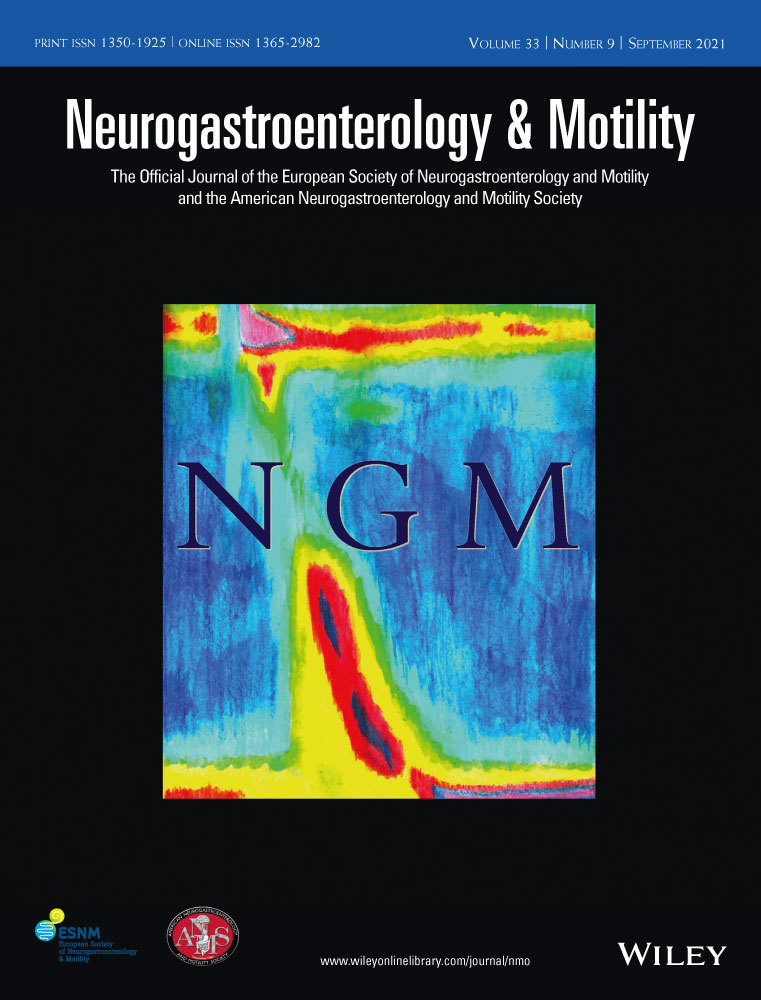Characterizing clinical features and location-specific gene expression profiles associated with pain burden in children with functional dyspepsia
Abstract
Background
In children with functional dyspepsia (FD), genes involved in pain modulation may be differentially expressed contributing to chronic pain.
Methods
Children with suspected FD (cases) and known eosinophilic esophagitis (controls) undergoing esophagogastroduodenoscopy completed the Rome IV Diagnostic, Pain Burden and Frequency Severity-Duration questionnaires. Two antral and two duodenal biopsies were collected and relative fold differences in gene expression for 84 pain-associated genes compared to pain-free controls were calculated.
Results
Sixty-six subjects with FD (postprandial distress syndrome = 34, epigastric pain syndrome = 7, both = 25; 65% female; mean age 13.7 years) and 13 pain-free controls (8% female; mean age 12.7) were studied. There were no significant differences in antral and duodenal eosinophilic counts or distribution between the pain and pain-free groups. Pain severity and burden did not differ significantly between FD subgroups and neither measure significantly correlated with eosinophil counts in the antrum or duodenum. Analysis of 47 antral and 39 duodenal biospecimens revealed 5 candidate genes significantly associated with pain burden: antral EDN1, PTGES3 and duodenal HTR1A, P2Y1, SCN3A (p < 0.01). Subsequent stringent statistical analysis comparing those with significant pain versus no pain revealed antral PTGES3 and duodenal SCN3A were the highest priority candidate genes (p < 0.001).
Conclusions
Pain burden in pediatric FD may be linked to antral EDN1, PTGES3 and duodenal HTR1A, P2Y1, SCN3A differential expression. These genes are known to be involved in pain conduction, modulation, and neurotransmission, suggesting potential therapeutic targets for managing pain in FD.
Open Research
DATA AVAILABILITY STATEMENT
The data that support the findings of this study are available from the corresponding author upon reasonable request. Most pertinent post-analysis data are available in the supplementary material of this article.




